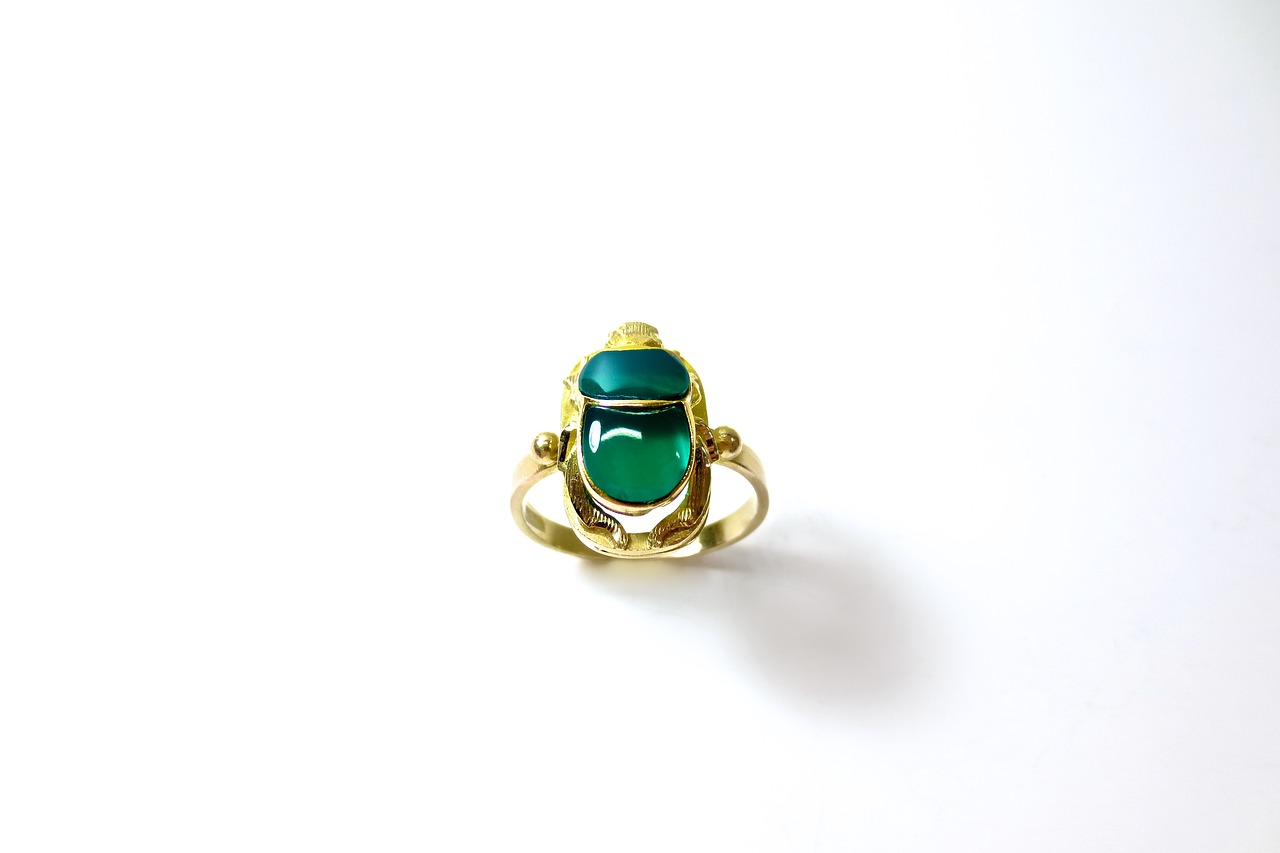Provenance Overview
Early History
The item in question has an unclear ownership history prior to 1907, believed to have originated in Egypt.
Ownership Timeline
- From 1907 to 1919: Acquired by Charles Lang Freer (1854-1919) in Egypt from an unknown owner.
- From 1920: The object became part of the Freer Gallery of Art as a gift from Charles Lang Freer.
It is noted that while the original gift deed was signed in 1906, the actual collection was officially received by the gallery in 1920, marking a significant moment in the history of this artifact.
Previous Custodian
The only known custodian of this item is Charles Lang Freer, who played a crucial role in preserving and donating significant works to art institutions.
Item Description
This artifact is an amulet displaying the head and torso of a Bes figure, characterized by its vibrant blue glaze. Bes is depicted as a dwarf-like human figure, notable for having lion-like features, adorned with a plumed headdress. The figure is designed with both arms bent; the right hand is positioned near his breast while the left hand cradles a smaller figure, which appears to be a suckling baboon or a miniature Bes representation.
Unfortunately, the figure is damaged below the waist but has been repurposed with a gold pin mount affixed to its back.
Cultural Significance of Amulets
In ancient Egypt, small amulets crafted from materials such as faience, stone, ceramics, metals, or glass were prevalent personal items. Often modeled after deities, goddesses, or animals held sacred, these amulets were thought to provide their bearers with magical safeguards against a spectrum of misfortunes, including illness, infertility, and complications during childbirth. Many amulets were designed to be worn or strung as necklaces, while others were specifically made to accompany the deceased, serving as protection for the soul in the afterlife.
The illustrated collection includes favored deities for amulets, such as Taweret, the hippo-headed goddess, and Bes, revered for their protective roles during childbirth. Furthermore, cats are associated with Bastet, known as the fertility goddess, and other deities depicted include Sakhmet, the lioness-headed goddess; Khnum, the ram-headed creator god; and Thoth, associated with wisdom and often depicted as an ape or vervet monkey. Amulets aimed at posthumous protection often feature Anubis, a jackal-headed deity of the underworld, or Duamutef, another jackal-headed figure representing Horus’s son, tasked with safeguarding the stomach.
Reference Material
Key Literature:
– Carol Andrews, Amulets of Ancient Egypt, Austin. pp. 39-40.
Collection Context
This artifact is classified under the domain of Ancient Egyptian Art, contributing significantly to the understanding of cultural and religious practices in ancient Egypt.



